Gaining muscle and strength is like eating beer nuts.
After your first bite you just can’t stop.
It’s addictive.
No matter how much progress you’ve made, it makes you hungry for more.
But do you ever get the feeling that the people who are stronger than you, barely work harder?
Which usually means that they shouldn’t make more progress than you.
And maybe that’s why you keep looking for that next ‘secret’ exercise tip from them that will make you just as strong.
The thing is, sometimes you need to go back to the basics to find what really matters – high quality nutrition, not the next exercise or the next skill.
When it comes to training and nutrition almost everyone agrees that ‘consuming plenty’ of protein is a cornerstone.
You cannot build something without the right building blocks and protein provides you with the raw resources to do so.
Below you’ll find:
- how much grams of protein you need;
- a simple tool to track your protein intake;
- 11 high quality protein sources;
- and a tasty high protein meal which you can instantly add to your diet for more muscle, less fat and faster recovery.
How Much Protein Should You Consume?
While you might have come across dozens of diets which either demonise carbs or fats, very few hate on protein.
There probably are some out there, but the majority of dietary advice does not exclude protein as a source.
Muscles are largely made of protein.
Guess what happens when you train?
You break down those protein fibres.
To gain muscle essentially, your body will need to build more protein than it breaks down.
That’s because eating plenty of protein doesn’t just help with staying lean, it also provides the building blocks for protein synthesis or muscular reconstruction (1, 2).
So how much protein do you really need?
The institute of Medicine has set the recommended daily intake (RDI) of protein on 0,8 grams per kg of body weight for people aged 19 years and older.
Protein intake calculation: If you are 70 kilograms, this means your lower protein limit would be 70 kg x 0,8 grams of protein = 56 grams per day for that body weight.
The formula for the lower limit, basically is: your current bodyweight in kilograms x 0,8 grams of protein = required amount per day.
This standard accounts for 97,5% of the entire population, which in this study accounted for 225 participants (3).
If you are like most people, you probably think that you are part of that 2,5% of people that needs more than 0,8 grams of protein.
That might be the case.
Common protein recommendations range between 0,8 – 2,8 grams of protein per kilogram of body weight (4, 5, 6).
While multiple ‘scientists’ have tried to determine the perfect protein intake, most of them seem to reach a different conclusion.
But generally there is a point beyond which more doesn’t have any benefits.
The upper limit seems to differ significantly.
The lower limit seems to have a more clear cut off point (7).
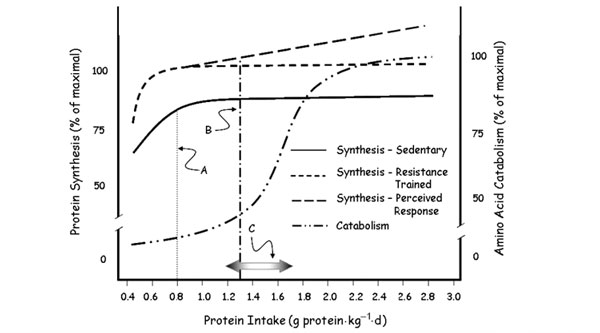
Below 0,8 grams per kilogram of body weight you can see a clear decline in the percentage of maximal protein synthesis.
This is shared by most researchers.
If you are in a caloric deficit, consuming higher amounts of protein, up to 2,8 grams per kilogram of body weight, might be necessary to mitigate negative factors related to diet such as: stress, dissatisfaction and fatigue (8).
Overall you should make sure to stay above the 0,8 gram border.
If you are below that threshold you are most likely not at 100% of your ‘protein synthesis’.
You are most likely breaking down more muscle than you are building, regardless of your caloric state.
With regard to the upper limit, I’m unable to give conclusive recommendations based upon available science.
This might be up to 2,8 grams, but this upper limit is related to mood and does not show extra strength gains compared to 1,6 grams (9) .
So the overall recommendations require more conclusive research by not just taking protein synthesis into account, but also other factors such a as: stress, fatigue, diet dissatisfaction etc.
When research isn’t conclusive I personally tend to follow advice from the people who are ahead of the curve.
One of these people is Menno Henselmans.
A well respected body recompositioning specialist and researcher who recommends slightly more than 1,6 grams for optimal protein synthesis.
As a buffer he recommends, 1,8 grams per kilogram of weight based upon his interpretation of research and his coaching experience with over more than a 1000 long term clients.
This is a real world example of a standard that has been working consistently for his clients and has also been working for me.
You might want to experiment with your upper limit, but more than 1,8 grams will most likely not lead to more strength gains.
A nice quality steak might end up giving you a better feeling however ;).
How To Get Enough Protein In Your Diet?
Clearly protein is important for you.
Whether you live a sedentary life or an active one.
But how can you make sure you consume plenty of protein?
Simple.
By tracking your intake.
There is a free app called myfitnesspal which you can use to track your nutrients and your calories.
You can just fill in the amounts of a certain food and the app automatically calculates the amount of protein.
At the end of the day you will have a total amount of protein, which allows you to see whether or not you’ve reached your requirements.
No gram of protein will be left behind.
11 Dietary Sources Of Protein Which You Can Use
All these source and their protein concentration are based upon 100 gram serving sizes.
So if the table shows 12.6 grams of protein, this is based upon measurements of 100 grams.
Don’t look at the daily value, because it’s not based upon your specific body weight and therefore doesn’t hold any relevance.
Ready to see the list?
1. Eggs
Eggs are considered amongst the healthiest foods on the planet.
The type of egg makes a HUGE difference of course.
Healthy eggs are loaded with minerals, healthy fats and muscle building protein.
Adding some scrambled eggs to your diet will provide you with an easy and cheap source of protein.
2. Almonds
One of the most popular and widely used nuts.
Containing plenty of important minerals such as magnesium, potassium and calcium.
They are a great addition to any fruit bowl and give a nice crunchy sensation.
Find my recovery fruit bowl recipe here.
3. Chicken Breast
Considered the most popular source of protein amongst body builders.
Easy to prepare, solid amounts of protein and tasty in combination with the right spices.
Find my crazy chicken curry recipe here.
4. Broccoli
An extremely healthy vegetable.
Broccoli is high in fiber, vitamin C, vitamin K and very high in protein compared to most vegetables.
A vegetable to add to your diet if you are looking for extra protein.
5. Grass-Fed Beef
Beef is a great high quality protein source.
You have to make a clear distinction between grass and grain-fed beef.
The nutritional composition as a result of different feeding strategies leads to a completely different profile of fats, minerals and vitamins.
Good beef is loaded with iron, B12 and choline which is a pre-cursor for a neurotransmitter associated with focus and mental energy.
6. Goat Milk
Contrary to regular milk goat milk is considered hypoallergenic which means it has very limited possibility of an allergic reaction.
Additionally it’s loaded with calcium and potassium and provides for a good amount of healthy fats and reasonable protein.
7. Sockeye Salmon
Sockeye Salmon is a one of a kind fish.
The reason for this is that it cannot be bread in captivity.
All the Sockeye you can buy, is wild caught.
This implies that the fish has had a diet rich in natural nutrition. Additionally the fish are caught at the end of they life cycle.
Which is the most ‘ethical’ way of fishing.
High in B-12, niacin and protein, not to mention the essential fatty acids which are key to a healthy vascular system and proper brain function.
8. Turkey Breast
Similar to chicken breast.
Easy to prepare and tasty in addition to being a good quality protein source.
9. Shrimp
Seafoods are generally high in essential omega-3 fatty acids.
Shrimp is one of those sources.
Loaded with Vitamin D, B12 and selenium in addition to providing you with plenty of protein.
10. Grass-Fed Milk
Once again it’s extremely important to make a distinction between processed milk and non-processed milk from healthy grass-fed cows.
While the former can even be considered toxic, the latter can be considered nutritious.
The type of food and quality of life from the animals providing the milk determines whether you should or should not consume it.
Good milk is high in calcium, magnesium, vitamin D and protein.
Unfortunately this milk generally isn’t commercially available.
11. Liver & Organ Meats
Out of all the protein sources, organ meats and specifically liver are the most nutritious meats know to man.
Extremely high in vitamins and minerals.
Vitamine A for example 634% of the daily recommended value.
Vitamin B12 even 1176% of daily recommended value.
Muscle meat does not even come close to the nutrient profile and the protein density.
Unfortunately organ meats have somehow become unpopular in developed countries.
Dietary Tip: You aren’t just what you eat, but also what you eat has eaten.
The nutritional value of all of these sources depends on how these individual protein sources have been bred, harvested or cultivated.
Beef from a grass-fed cow is not the same as beef from a grain-fed cow.
Just like the body composition of someone eating a healthy diet, isn’t the same as meat from someone eating McDonald’s.
For animal foods the same rules apply.
A healthy animal = healthy source of meat.
An unhealthy animal = unhealthy source of meat.
High Protein Green Super Shrimp Broccoli Recipe
This is a 15 minute recipe, that will provide you with about 50 grams of protein.
For the average male this would be around 30% of the daily intake.
You can also replace the shrimp with other types of protein, depending on your preference.
Ingredients
150 grams shrimp (organic)
150 grams of broccoli
1 teaspoon turmeric powder
Some black pepper
Some sea salt
100 grams of lettuce
50 grams of almonds
1 clove of garlic
1 tea spoon of coconut oil
1 teaspoon of olive oil (optionally)
How To Prepare Your Green Super Shrimp Broccoli
Heat the pan and add the coconut oil.
Add small slices of garlic or use a garlic press.
Add the shrimps and bake them until they turn pink, while doing so add a good amount of turmeric spice.
In the meantime slice up some broccoli into small pieces.
Add the broccoli to the shrimp and put it on a low fire to steam the broccoli.
Add some sea salt and black pepper.
Wait for 5-10 minutes until the broccoli is soft enough to eat, but still nice and crunchy.
Put some lettuce on your plate and add the shrimp and broccoli to it.
Top it off with some grinded almonds and spice depending on how it tastes.
Enjoy your meal and gains.
What If You Are A Vegan Or Vegetarian?
From personal experience, I’ve noted that vegans have an issue consuming plenty of protein.
While the strongest man in Germany is vegan.
This doesn’t say anything about an entire population.
There are similar examples of parkour runners who smoke cigarettes and drink diet coke and are stronger than 99% of the population.
This doesn’t mean smoking cigarettes and drinking diet coke constitutes to healthy nutrition.
Or should be recommended for a certain type of athlete.
Beans and legumes are commonly used as a replacement for protein.
The major vegan protein source – which is soy – has been strongly linked to detrimental health effects (10, 11, 12)
Preparation and cultivation once again plays a big role.
Fermented soy has been staple food in Asian cultures for centuries, but should not be confused with ‘commercialised soy products’.
Other beans and legumes can be consumed in moderation, but the amount of beans consumed by vegans to offset their lack of protein is sure to lead to a negative cascading effect.
This comes from the simple fact that, legumes and beans – including soy – have high amounts of anti-nutrients which bind to minerals.
These compounds decrease the absorption of those minerals, cause an inflammatory response and may even be poisoning in large amounts and without proper preparation (13, 14, 15).
Additionally, protein from plant based sources, although concentrated have very low bio-availability (16, 17).
This means they are absorbed poorly by the human digestive system.
Our digestive tract is simply unable to break down cellulose from plants.
Contrary to cows who need 4 stomachs to do so.
In practice this means that while you think you are consuming 100 grams of soy protein, in reality you only absorb a fraction of it.
As a vegan, getting some extra protein from nuts and seeds, might therefore be necessary, but will not be sufficient.
As a vegetarian, I would recommend consuming protein from goat milk or grass-fed beef milk in addition to eggs, nuts and seeds.
I have the utmost respect for any personal decision to exclude animal foods from your diet.
But you wouldn’t be here if your ancestors had to live of fruits and vegetables while consuming non-existent B12 supplements to offset the lack of this nutrient in their diet.
They ate healthy animal foods in addition to plant based foods.
In 1930 this researcher set out to discover what ‘a healthy diet consisted of’ by travelling the world and actually going to places instead of having people fill in a questionnaire.
These traditional tribes thrived on certain foods for thousands of years. While every tribe had it’s own unique sources, certain nutrients were essential in every society this unique researcher found.
Real empirical evidence, documented with pictures.
A nutritional goldmine to discover how traditional ‘human societies’ consumed their foods and what the effects of modern processed foods are on degenerative diseases.
Of which the causes until that point were unknown to modern man.
So How Can You Manage Your Protein Intake?
Get Enough Good Protein To Get More Out Of Your Training
Good news!
It took me quite a while to realize that ‘ample amounts’ of high quality protein can be the missing link.
Feel free to combine sources. Add some broccoli and almonds to your shrimp.
Chances are you’ll boost your overall results, more than just a few percentage points.
Ready to get addicted to your gains like those beer nuts?
Start consuming adequate amounts of good protein.
Beast mode ON!
PS. The nutritional data was collected from Nutrition Data.
Now I’d like to hear from you:
Did you like this post?
Or maybe you have a question.
Either way, make sure you get your download and leave a quick comment below right now.
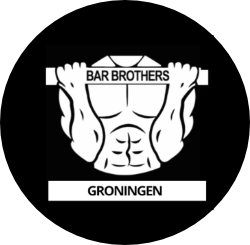
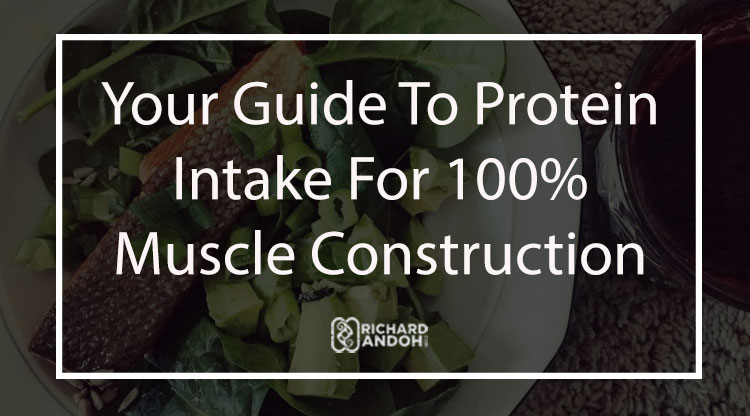
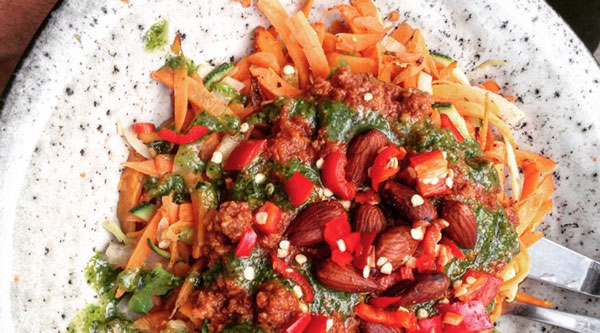
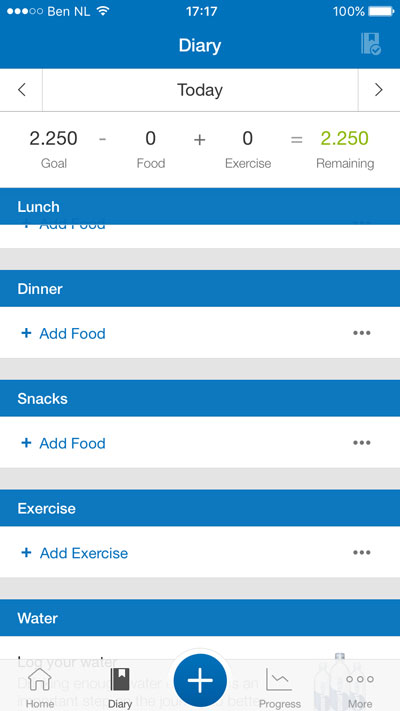











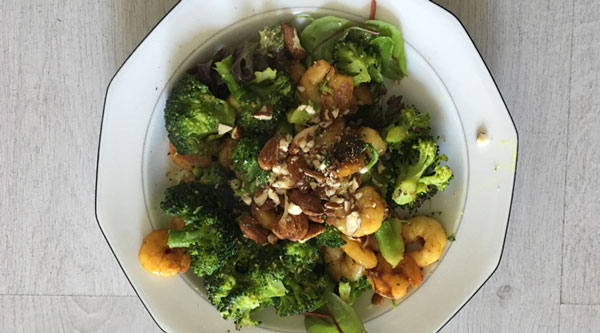
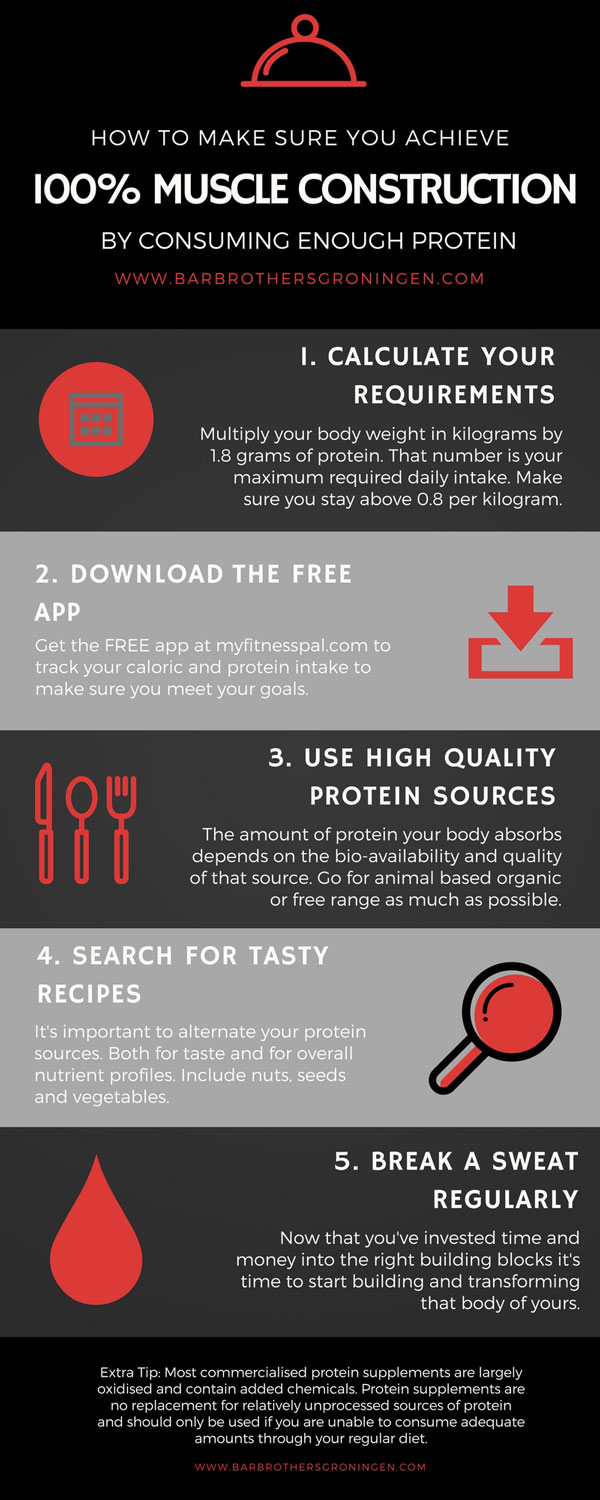
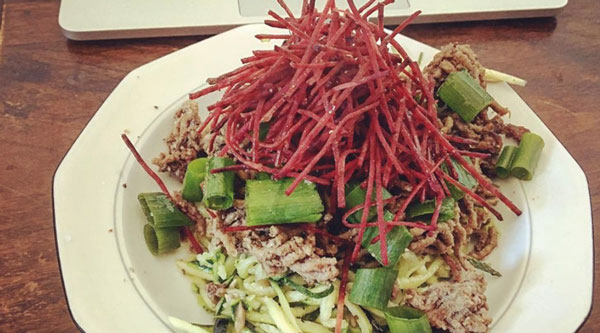
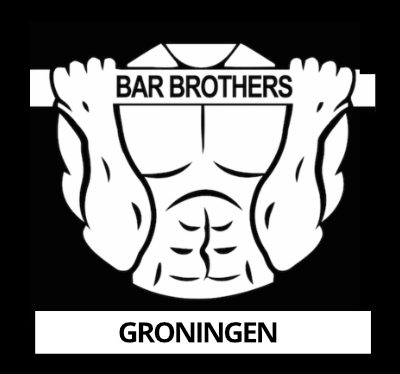
Fantastic post as always, definitely something that people still underestimate, and don’t understand, in this world of commercialised high-protein “foods”, snacks and powders everywhere you look, people need to get back to basics and understand decent, actual food sources of protein.
Hey Barry B,
Thanks for your comment!
Definitely agree with you on that point ;). Haha, unfortunately we live in a world where quick-fixes are preferred over actual fixes.
Beast mode ON!
Thank you for information. Easy and simple.
Hey Ndrew,
Thanks for your comment!
Appreciate the feedback.
Beast mode ON!
Hi Rich, this is a really good article, many thanks for sharing. Most importantly, I like how you place more emphasis on protein-rich whole foods over supplement powders. It seems like everywhere we turn; we are constantly bombarded with information regarding the importance of protein supplements for convenience over consuming real food.
Perhaps body builders pushing around lots of weight need extra protein, and downing 40g of high-insulin spiking chocolate powder in water seems to be the most viable option; however, I think calisthenics training offers a unique nutrition lifestyle balance. For example, I have made the switch to calisthenics training and consume all my nutrients from whole foods, protein included, and finding it fairly simple to eat 1.5-1.8g of protein per kg of my body weight, all the while burning fat. Just remember, we are able to achieve an amazing physique without processed supplements just like ancient Spartan warriors (smile).
Hey JR,
Thanks for your detailed comment! I’m happy you took the time to share your thoughts. It’s all about marketing, you can’t sell 1kg of chicken for 50 bucks, but can sell a nice package of powdered down and oxidised protein with an exclusive label for that price.
Don’t get me wrong, I have huge respect for body builders, but I definitely agree. We need to take into account that body builders are the poster boys for supplement companies. Their progress isn’t the result of those protein shakes which generally ‘come out’ AFTER they’ve made it to the big leagues. So what have they been taking to get there in the first place? Not that shake, because it didn’t exist yet.
Not that shake, because it didn’t exist yet.
Definitely, it’s not difficult at all, but that’s the difficult thing. Keeping things simple.
Haha, you are completely right, no powders back then. Thanks once again and keep making progress!
Beast mode ON!
Thank you, you always give excellent information. I look forward to your posts your information is the best. Again thank you
Hey Mike,
Hugely appreciated, it speaks volumes!
Hope this will help you on your journey.
Beast mode ON!
Great guide Rich! I was just wondering, is there any tips for college students like me who have limited access or no access at all to cooking food since I’ve been living at a dorm. My food selection is really limited since the college only have café & dining hall.
Hey Mohamed,
Thanks for your comment!
It’s definitely a question that isn’t easy to answer. I’ve been a student myself and I know it can be a struggle.
Do what you can with what you have. Things will never be perfect, but try to do some groceries every now and then and buy foods that can be stored. Nuts and seeds are great quick bites with protein and they can be kept for a longer time. But you’ll need to find some high protein animal sources eventually.
Beast mode ON!
Hey Rich, I love your post. I hate articles which uses “data” without references, but you did it perfectly. Good job!
Hey Barney,
Thanks a ton for your comment! I’m happy you found it useful.
I know how important it is to have a valid source for statements and I definitely agree with you on that point.
Keep up the good work!
Beast mode ON!
Aewsome post – just stumbled onto this, and while I’m not new to the “how much protein and from where?” question, this will be my go-to article. Clear and credible! Thanks.
Hey Toni,
Huge thanks for your comment!
I’m happy you found the information useful.
Keep up the good work.
Beast mode ON!
Man, this article must be written in 1925 to dismiss vegans. I’m paraphrasing to say that Richard things vegans ad vegetarians are not able to get the proper protein. His vegan sources are just terrible too. Richard sounds just like an old school “meat head” eat beef and animal products and thats where you get your protein is sooo old and misinformed. As a vegan bodybuilder I’ve made incredible muscle gains, strength, endurance, actually beauful lean muscle not ugly bloated steroid looking muscle plus the impact on your long term health, sustainability for the planet and lack of cruelty to animals. Humans were only designed to use meat to sustain when they were in starvation mode…”God” or the universe didn’t mean for us to be eating them everyday. Just go on a plant based whole food diet thats not processsed and see how incredibly your body changes. You’ll have tons of energy, great endurance in bed…so much so that women will tell you, trying to catch their breath comments such as “my god, I’ve gotta become vegan!” Google Derek Tresize and Torre Washington and Vegan bodybuiders in general. As a long time vegan bodybuilder who just eats tons of greens and doesn’t obsess over protein and looks amazing, I’m so tired of this old school meat head mentality. come over to THIS millenium and this reality Richard!!
Hey Kevin,
Thanks for your comment! I truly appreciate you honesty and while I’m all in for an argumentation based conversation, unfortunately I feel that there doesn’t seem to be any space in this regard for a quality debate.
We live in a very complex world my friend. One most people aren’t closely connected to any more, but if you seek to understand this complexity you will most likely find a different answer for yourself.
Still, once again thanks for your comment! And wish you the best on your journey.
Beast mode ON!
Hi Richard, could you possibly send me any links for vegan and vegetarians. 3 years ago I was diagnosed with a disease called psoriatic arthritis and cannot eat legumes, so I am having great difficulty with my diet. I need to build up muscle to help me with take the strain of my joints.
Any help gratefully accepted:)
Sonja
Hey Sonja,
Thanks for your question!
I want to emphasise that I’m not a doctor and I’m dealing with incomplete information here, but there are always general things we can focus on:
1) First we need to decrease inflammatory markers.
A few tips which I can give are: Look at your magnesium intake, Vitamin D levels and Omega-3 intake + try adding tons of curcumin and ginger to your diet (powerful anti-inflammatory compounds).
2) Secondly, take a critical look at what you are currently consuming: specifically in the grain section. If you have issues digesting legumes, there is a very likely probability that there are other substances such as gluten which you might not tolerate well.
The reason why you need to work on those things first is because constant inflammation takes up a lot of energy and building blocks, which you would rather spend on muscle construction and exercise.
3) Thirdly, there are multiple issues here: 1 animal protein is the best source of protein for ‘100% of people’, yes sounds crazy, but there is a vitamin called B-12. It’s essential for health and can only be found in…animal sources. Secondly if you are a vegan/vegetarian your only two major sources of protein are indeed legumes and nuts/seeds. So the only remaining source of protein consists of nuts and seeds, which to be completely honest will not allow you to get ample amounts of protein in the right amino acid profile.
4) My honest answer would be to slowly introduce sources of ‘fish food’ (Mackrel, Salmon, Sardines, etc.), organic from natural sources. Fish is rich in protein, and omega-3, which works anti-inflammatory. And if you choose to be vegan from a moral perspective, I suggest you read the ‘vegetarian myth’.
This is such a personal question that it would require me to give you much more ‘specific’ information, but this should be a good starting point.
Beast mode ON!
Great comment, as vegetarian almost all my life (i am 55 years old) and as a vegan now, i totally agree with all your concepts. Even the article is well written, i felt the same, if you dont eat meat, it will be hard for you!! It is not, i have more energy compared with my meat eaters friends, i feel terribly well, i can handle stressful situations better than the average. I play tennis every day, more than 2 hours per day, and some exercises in the gym. I will visit the web pages you mentioned to improve my vegan protein intake!! thanks to all of you!!
Hey Daniel,
Thanks for your comment!
Follow you own path and do what works for you.
Beast mode ON!
Is there an upper limit on how much eggs I can eat?
Hey Kyle,
Great question.
Of course there is ;), but that limit differs per person.
There is an easy way to discover whether you are consuming too much of them and not digesting those eggs adequately. It might sound funny, but if your farts smell like eggs, you’ll know that not all those amino acids are being absorbed properly.
Alternate your protein sources: fish, eggs, meat, nuts, seeds etc.
Beast mode ON!
Great Article…..
Hey Nitin,
Thanks for the feedback, hope it helps you on your journey!
*Fist bump*